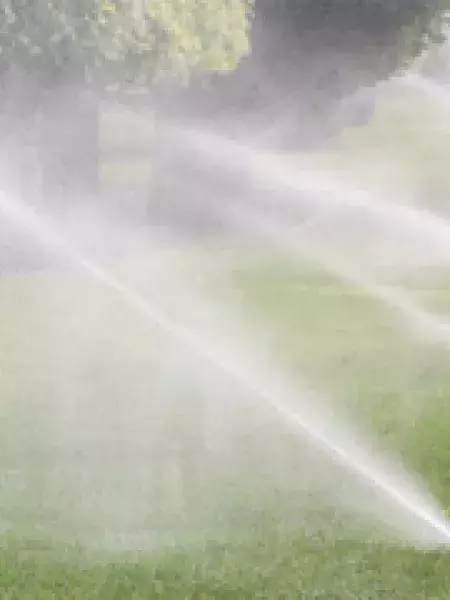
American households, on average, use twice as much water during the summer months compared to the rest of the year, almost entirely due to an increase in outdoor lawn and garden watering. As the dry, arid weather sets in, people tend to adjust by overwatering, a tendency that harms both their lawns and the environment, putting a great strain on the community’s water supply.
Smart Controllers
Smart controllers are irrigation clocks that automatically adjust irrigation run times in response to environmental changes. They use sensors and weather information to manage watering times and frequency. As environmental conditions vary, the Smart controller increases or decreases irrigation.
Water-Efficient Sprinklers
Water-efficient irrigation sprinklers deliver water more evenly to the landscape than traditional sprinklers and regulate pressure to help ensure a constant flow rate. These sprinklers have earned the WaterSense label, are best used with WaterSense labeled controllers and help provide more water-efficient irrigation equipment options to consumers and irrigation professionals.
Rotating Sprinkler Nozzles
The latest innovation in sprinkler technology, these nozzles turn a standard pop-up spray head into a precision device that saves water. These nozzles shoot multi-trajectory, rotating streams that apply water more slowly and uniformly than conventional sprays, and heads are more resistant to wind, less likely to mist and significantly reduce run-off onto streets and sidewalks. In many cases, you can update your existing sprinkler heads with new rotary nozzles without having to replace the entire sprinkler body. On average, replacing one conventional fan spray nozzle with a rotating nozzle could save up to 1,300 gallons per year.
Drip irrigation, or trickle irrigation, is an irrigation method that saves water and fertilizer by allowing water to drip slowly to the roots of plants, either onto the soil surface or directly onto the root zone, through a network of valves, pipes, tubing and emitters.
Why Use a Drip Irrigation System?
- Minimal evaporation and overspray as well as lower water use than a traditional underground sprinkler system
- Direct connection to the hose spigot without the need to cut into the home water line
- Supply lines that can lie on the ground or under a layer of mulch, eliminating the trenches that underground systems require
- Flexibility as your plants grow and spread
- Customization for containers, raised beds, vegetable rows or shrubbery
- Exact delivery, preventing distribution of water where it's not needed or where it can encourage weed growth
- Prevention of an overly moist environment that promotes fungal diseases
- Gentle, precise watering that minimizes runoff and erosion